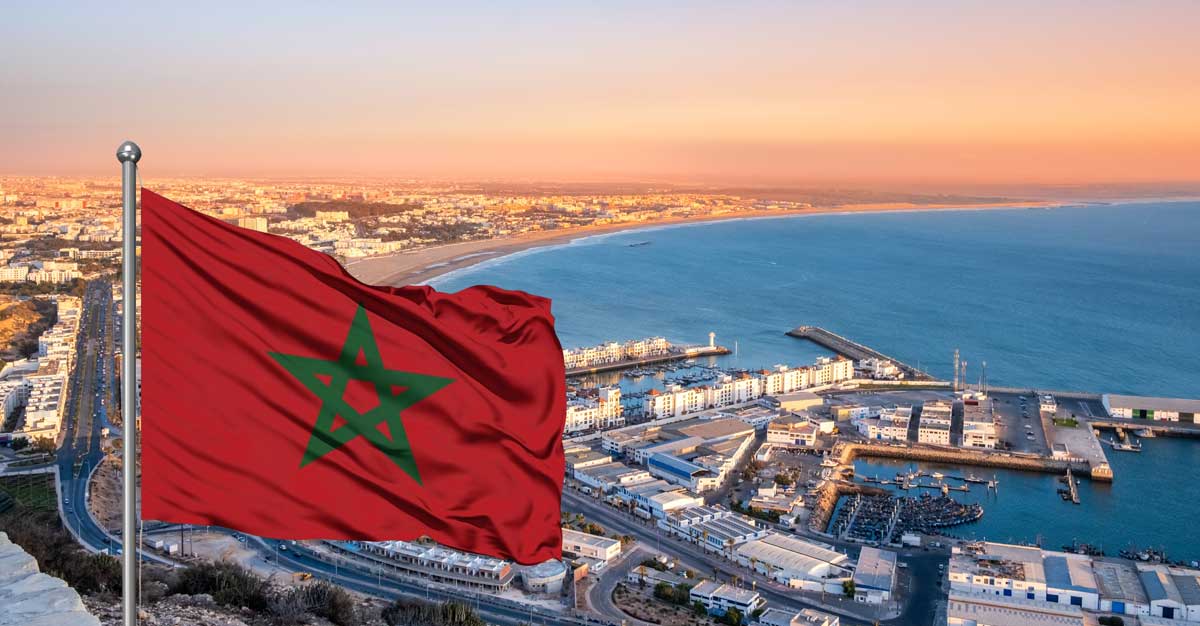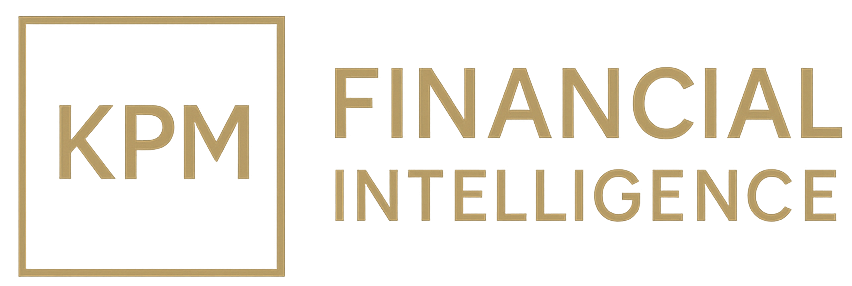S&P Upgrade Opens Morocco’s Door to USD 2 Billion in Passive Flows
Morocco regains IG as S&P lifts rating to BBB−. Eurobonds rally: 2032s 5.2% (−25bps), 2037s 6.1% (−35bps), 2050s ~6.9%. CDS tightens to 156bps. USD 1.5–2bn inflows expected as Morocco rejoins EMBI IG, widening spread gap vs Egypt (8.8%) & Ghana (15%).

Moroccan sovereign bonds rallied after S&P Global Ratings upgraded the country’s long-term foreign currency rating from BB+ to BBB−, restoring investment-grade status for the first time since 2012. The stable outlook underscores confidence in fiscal consolidation, rising reserves, and external stability. Yields on Morocco’s benchmark Eurobonds — including the Morocco 2032s (XS2013531650) and 2037s (XS2013531577) — tightened by 20–40 basis points, with the 2032s trading down to 5.2% from 5.45% pre-upgrade, while the 2037s moved to 6.1% from 6.45%. Shorter-dated issues such as the 2027s compressed to 4.8%, and the long-end 2050s now trade around 6.9%, flattening the sovereign curve. Five-year CDS spreads dropped by 25bps to 156bps, the tightest since mid-2022, reflecting repricing of sovereign risk.
The Eurobond market reaction signals more than just relief. Morocco’s curve is now pricing in a lower risk premium relative to peers, with an average spread of ~220bps over U.S. Treasuries, compared to Côte d’Ivoire at ~350bps, South Africa at ~380bps, and Egypt above 700bps. Bid-ask spreads have narrowed, secondary liquidity has improved, and investor positioning indicates re-entry of investment-grade dedicated funds alongside high-yield managers who already held Moroccan exposure. Analysts expect passive flows of USD 1.5–2 billion as Morocco re-enters indices such as the Bloomberg Global Aggregate and JP Morgan EMBI IG, potentially compressing yields by a further 50bps if flows are sustained.
The structure of Morocco’s curve shows how the market is re-rating duration risk. At the belly, the 2032s and 2037s have rallied strongly, suggesting investors are comfortable extending into the 7–12 year segment. The long bond, the 2050s, has tightened but remains above 6.8%, leaving Morocco’s ultra-long paper still priced with a frontier premium. If fiscal metrics continue to improve and FX reserves rise further, Morocco could issue a new benchmark in the 15–20 year space at lower spreads, refinancing costlier legacy debt and extending its weighted average maturity.
The fundamentals underpinning this shift are clearer than in peers. Morocco’s fiscal deficit narrowed to 4.3% of GDP in 2024, projected below 3.5% by 2026, while public debt has stabilized at 70% of GDP. FX reserves reached USD 42.7 billion in August 2025, covering 6.3 months of imports, while the current account deficit narrowed to 1.7% of GDP, aided by USD 11.8 billion in remittances, record tourism inflows of USD 12.4 billion, and USD 8.9 billion in phosphate exports via OCP Group (CAS:OCP). Growth is running at 3.6%, inflation has moderated to 2.2%, and the central bank policy rate remains at 3.0%, ensuring monetary stability.
Comparisons across Africa show why global investors care. Morocco’s 2032s yielding 5.2% sit inside South Africa’s 2032s at ~6.5%, and far inside Egypt’s 2032s at 8.8%. Ghana’s 2032s (6.875%) remain in distressed territory at over 15%, and Tunisia remains shut out of Eurobond markets. Morocco is now positioned as the lowest-yielding sovereign borrower in Africa outside of investment-grade Mauritius. This not only lowers the sovereign’s refinancing costs but also cascades into lower borrowing rates for Moroccan banks such as Attijariwafa (CAS:ATW), Banque Centrale Populaire (CAS:BCP), and BMCE Bank of Africa (CAS:BOA), whose funding curves track sovereign spreads.
Risks remain visible. Morocco’s economy is still exposed to climate volatility, with agriculture representing more than 12% of GDP and a third of employment. Global oil prices above USD 90/bbl would test subsidy costs and fiscal buffers. Youth unemployment remains above 25%, while reliance on phosphate exports keeps concentration risk high. Any slippage in fiscal consolidation or political reform could halt the spread compression.
For global investors, Morocco’s upgrade is more than symbolic. It expands the African investment-grade universe at a time when frontier sovereigns like Zambia, Ghana, and Ethiopia remain in restructuring. Morocco’s Eurobond curve now offers an attractive, lower-beta play for emerging-market portfolios — with yields in the 5–6% range, liquidity depth, and a credible reform anchor. If reforms hold, the sovereign’s spreads could compress by another 50–75bps in the medium term, further flattening the curve. For now, the rally is a reminder that disciplined fiscal management and external stability can still be rewarded in frontier Africa — and that Morocco is positioning itself as the continent’s new investment-grade anchor.





